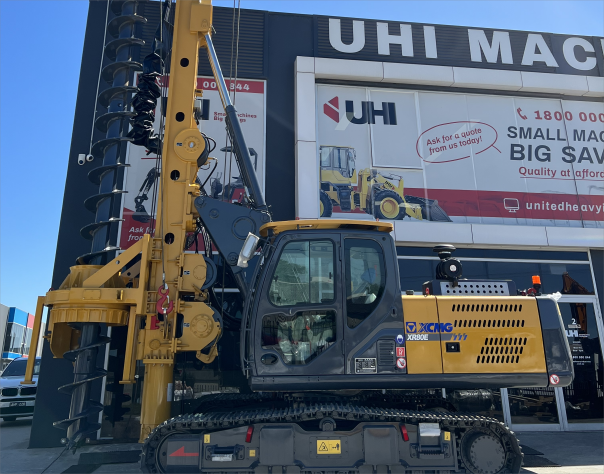- February 17, 2017
- 1 Comment
Which Way To Go: What is Slant, Directional & Horizontal drilling?

This is not a drill, I repeat this is not a drill! Your burning questions about slant and horizontal drilling are about to be answered. Hold the applause…
Drilling for oil is boring. No seriously. The term “directional boring” is commonly called horizontal drilling. Wait, we don’t just drill in one straight line into the ground? Nope, and there are different ways to do it too. There is also the method of slant drilling. Both of which are types of directional drilling. (The clue is in their names right?) So they are both different techniques for finding oil, natural gas, or whatever you need extract from the deep depths of the earth.
Fact: Whether we drill slanted and horizontally, they are both methods of deviated drilling. This means they are ways of intervening the natural path a wellbore would normally take. The reason this is possible is because the steel pipe used in the process is so flexible even thousands of feet deep into the ground. It’s only around 4 inches in diameter too, so it’s pretty bendy!
What Is Horizontal Drilling?
Horizontal drilling is the process where the well is turned horizontally at a certain depth. Now, because the horizontal section of the well is really really deep, it has to have a vertical part to it. It changes direction. (Hence, directional drilling?!) Consequently, it resembles a letter “J”. This means we can access all the gas or oil in the surrounding areas, whereas a vertical drill can only access where the end of the well touches. Confused? Check out this diagram that actually made it a lot clearer in my mind. The well to the left is the horizontal drill, and the one on the right is the vertical drill. Can you see the “J” I’m talking about?

What Is Slanted Drilling?
You guessed it, the angle of the drill is on a slant! It’s not as obvious as the “J” bend, but it’s a lot more obvious than a straight and narrow vertical drill. The angle tends to vary between 30 degrees to 45 degrees. Again, check out this super cool diagram that explains it as clear as day.

There is a definite change in direction right? A slanted rig is designed to function at a particular angle, rotating whilst sustaining drilling loads. It’s used mainly for non-vertical wells and extracting gas or oil that the horizontal drill method can’t reach.
What makes them so different?
Other than the fact that horizontal and vertical drilling change direction at different angles there are still a couple more differences that we should probably address. Horizontal drilling has the ability to do a 90-degree turn just a couple of metres deep into the ground. This is pretty impressive when you compare it to the vertical method that has to be around 2000 metres deep before it can even attempt it!
Nowadays it appears many companies are choosing to drill horizontally over anything else. While it may cost a lot more, it has a greater production rate and increases efficiency by heaps. Gone are the days of only being able to drill in a vertical direction—horizontal and slant drilling have changed the game! They’ve enabled us to source oil and gas that years and years ago would have been near on impossible.






